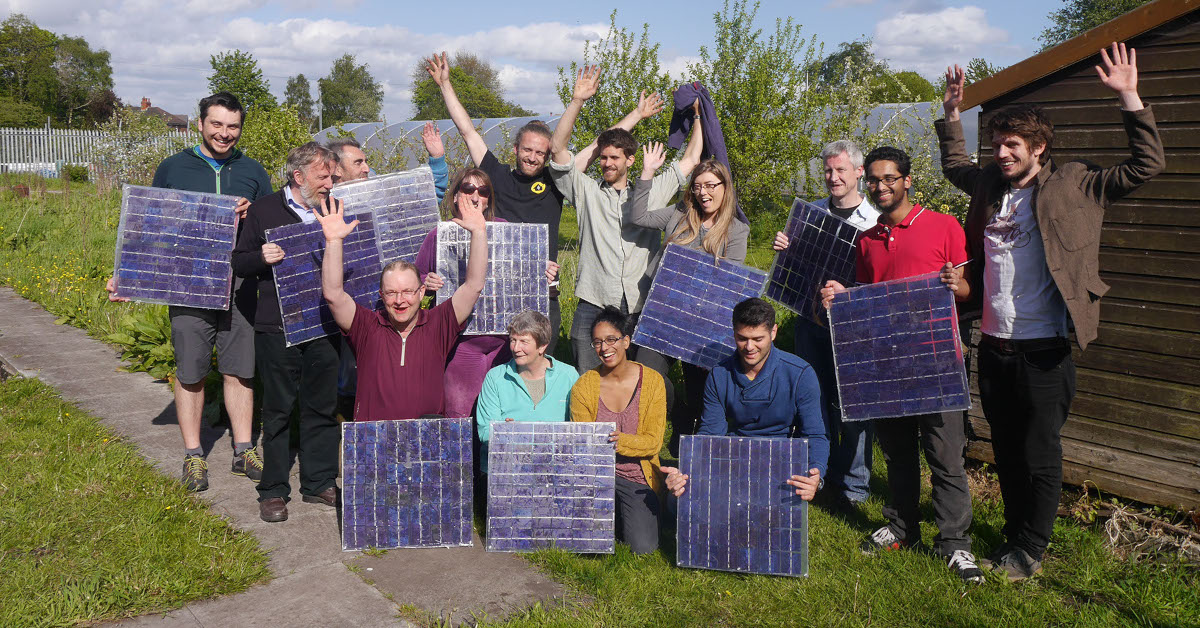T he lack of steady financial support is hindering take-up of community energy projects. Slovenia needs to recognise the crucial role of community energy projects to tackle multiple crises and provide long-term stable funding and the inclusion of households, affected by energy poverty, in community energy projects. Therefore their incorporation in the upcoming NECP should be addressed.
– The lack of steady long term financial support is hindering municipal efforts for community energy projects.
– Slovenia needs to recognise the crucial role of community energy projects to tackle multiple crises.
– Long-term stable funding for community energy projects is needed
Community energy projects, such as energy co-operatives, contribute to reducing greenhouse gases and negative environmental impacts, and have important social benefits, such as: developing the local economy, creating green jobs, contributing to community cohesion, solidarity, and so on. At the same time, they create a community that encourages greater involvement in decision-making. They are therefore crucial for a fairer and more sustainable future and can play an important role in accelerating the deployment of solar and wind projects. Such projects are all the more important in Slovenia because of the currently very low share of solar and wind energy and the high share of households affected by energy poverty.
Community energy projects are getting a lot of traction in Slovenia. One example of an energy community project is in the municipality of Hrastnik, which will be the first municipality in Slovenia to offer its citizens the opportunity to join an energy cooperative and produce and supply their own solar energy. This example has also attracted the interest of other municipalities, which are also keen to follow Hrastnik’s example and set up community energy projects of their own. But the lack of steady financial support is hindering their efforts.
Slovenia needs to recognise the crucial role of community energy projects to tackle multiple crises, provide long-term stable funding for their implementation and the inclusion of households affected by energy poverty, while ensuring that their ownership does not result in the withdrawal of social support.
Therefore, through the upcoming NECP, it is necessary to ensure that administrative barriers to the implementation of community energy projects are removed and that a systemic mechanism is put in place to provide administrative and financial support for these projects. In addition, regulations for energy communities and cooperatives should be designed in a way to make it easier for vulnerable people to join.

